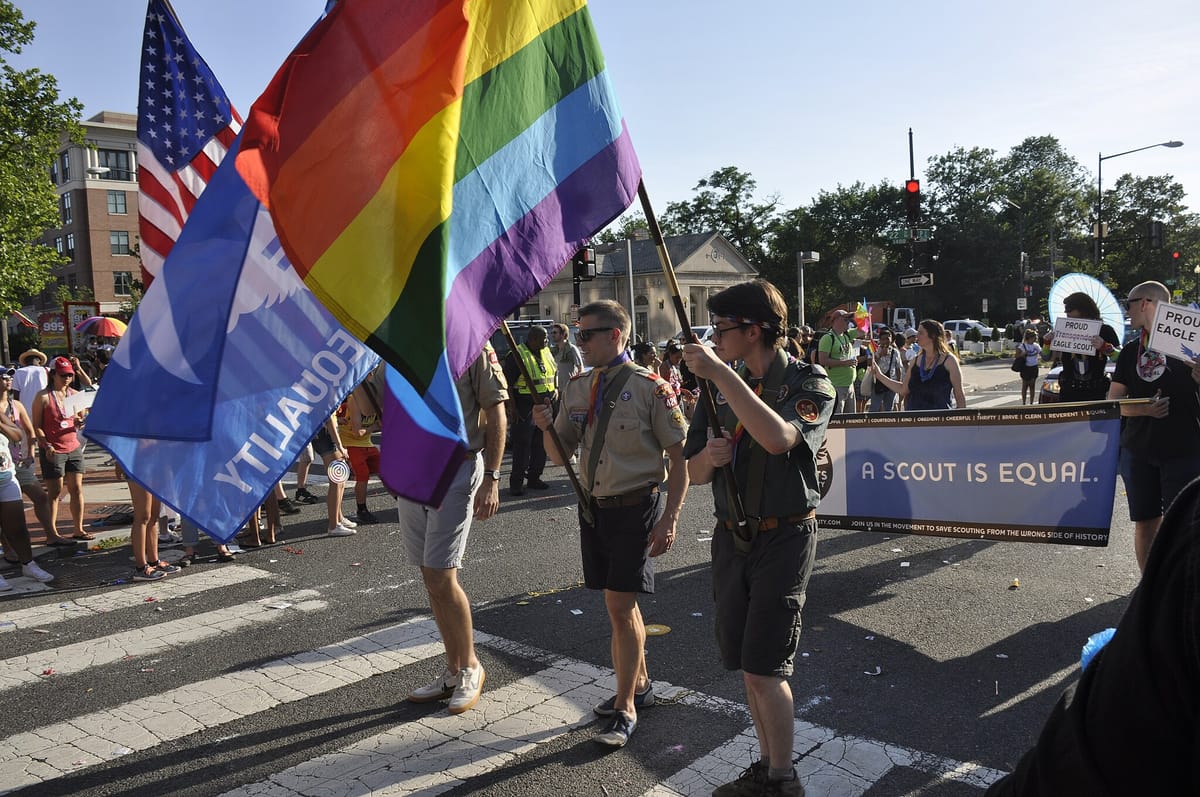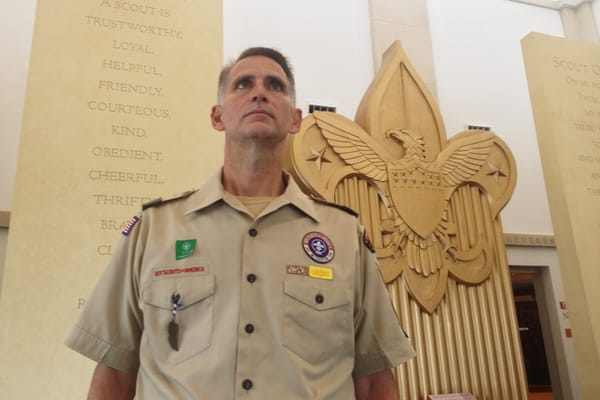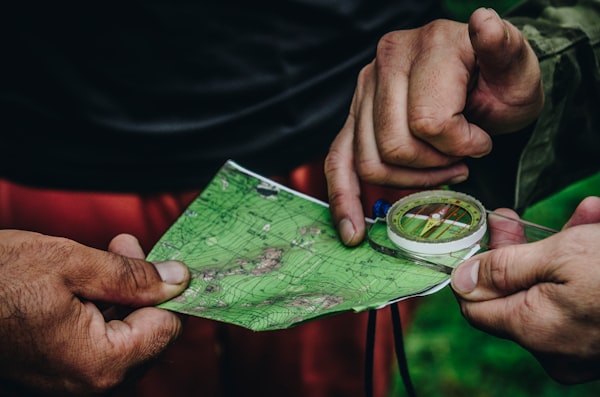Lessons learned from the activists who fought for LGBTQ+ inclusion
The Scouters and allies who led the campaign for inclusion can teach us a lot—especially as LGBTQ+ rights are under attack today.

We are living through a moment when LGBTQ+ rights are increasingly under attack. The hurdles facing the community are daunting, but they are not completely new.
The legal battles, the cultural wars, the ascendant right wing—these are all obstacles that generations of past activists have faced and learned to overcome, including the Scouters who fought for LGBTQ+ inclusion in the Boy Scouts of America.
During the years I spent reporting my book about this history, I got an inside look at the tactics and strategies of activists who pushed for LGBTQ+ inclusion in the BSA. Here are two of the most important lessons I learned.
Lesson #1: Storytelling is at the heart of successful activism
When the policy debate around gay membership in the BSA resurfaced in 2011, it was largely because of a compelling story: That of Jennifer Tyrrell, a lesbian den mother who had been removed from the organization because of her sexual orientation.
- Tyrrell's story, of a dedicated den mother forced out of her son's Cub Scout pack, resonated with Americans, and helped them understand why the anti-gay policy was so harmful.
Time and time again, these types of stories are what drove the campaign in the 2010s.
- Whether it was Tyrrell, or Pascal Tessier (a gay Scout headed toward the Eagle Scout rank) or Ry Andresen (a gay Scout denied the Eagle Scout rank), telling these personal stories consistently engaged Americans, moved them to sign petitions en masse, and built pressure on the BSA to change course.
To be sure, this wasn't something new in the 2010s. Going back to the 1980s and 90s, the first legal challengers of the BSA's policy, including James Dale and Tim Curran, leveraged their own stories to build support for the movement for inclusion.
Lesson #2: Insider pressure makes a big difference
When I say "activists" here, I'm referring to a pretty big, diverse group of people. Yes, there were outsider types from Change.org and GLAAD helping the effort for LGBTQ+ inclusion, but largely these efforts were led by Scouters.
- Whether you look at the legal battles of the 90s (Dale and Curran were both Eagle Scouts), or the more modern campaign led by Scouts for Equality (just look at the name), the people demanding change and doing the work had been through Scouting, loved Scouting and wanted to make it better.
This changed the dynamic, and set up a powerful challenge to the BSA. They couldn't so easily dismiss these activists as total outsiders, when often they were dedicated Scouters themselves.
I've interviewed and talked to many of these people, who fought to make their own organization better:
- Steven Cozza, who as a 12-year-old Scout started advocating for gay inclusion.
- Cate Readling & Mary Anderson, two Scouting moms in Chicago who ran a highly successful Scouts for Equality chapter.
- Sam Aronson, who's leading current efforts for LGBTQ+ inclusion programming at national events.
- Alison Batey, a Scouting professional who worked internally to help make big strides for LGBTQ+ inclusion.
- Cheryl Katon, a former Scout executive who guided the BSA through its moves to include trans Scouts.
You get the idea. These Scouters were—and are—the key ingredient to helping the BSA become a more welcoming and accepting place.
There are many more lessons to be learned from this history, and I share them in my forthcoming book, Morally Straight: How the Fight for LGBTQ+ Inclusion Changed the Boy Scouts—And America.




